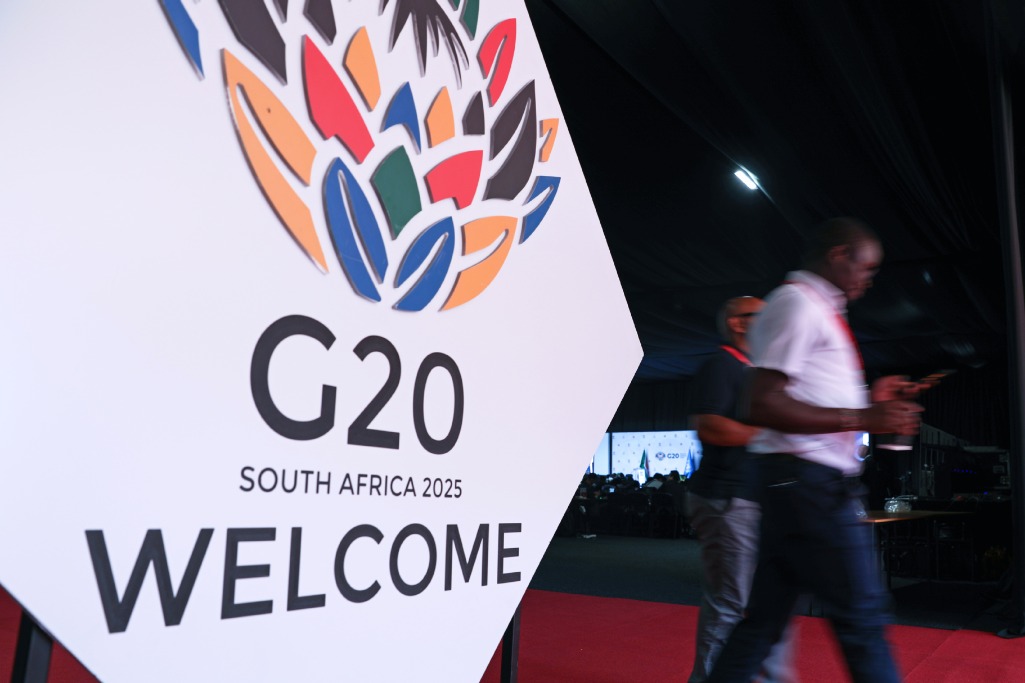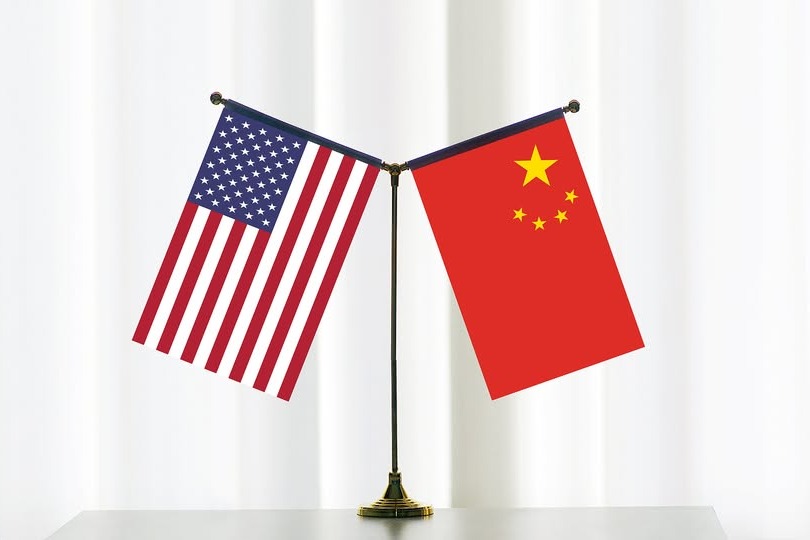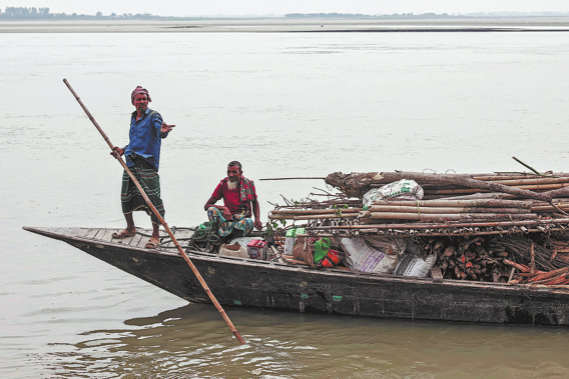Rich nations remain unwilling in paying overdue debts for their parts in causing environmental disasters


The world is a little bit closer to climate catastrophe but, thanks to the 26th session of the United Nations Conference of the Parties on Climate Change, or COP26, we now know a couple of things.
One, the road map to catastrophe is pretty well marked out. Two, the rich countries, which are responsible for the vast majority of this big global mess that we are in, are not willing to clean it or pay to clean it.
An obvious conclusion that emerged from the COP26 conference, held from Oct 31 to Nov 12 in Glasgow, in the United Kingdom, is that the world needs to take immediate, drastic, sustained and multilateral action to limit the worst impacts of climate change. The world cannot afford for any single country to not participate.
This may not be fair but, as it turns out, only the people on the wrong side of fair seem to care about this. Everyone else is more worried about saving cash.
The unfairness built into all multilateral solutions are plainly visible if you take a look back at history. In all the fear and talk about the dark future for the world – and let us not kid ourselves, things are not looking good – the past and how we got here is often overlooked.
Global warming did not start this year, this decade or even this century. The ramp-up of human-caused climate change likely started when people started imposing their will upon nature: building cities, mass producing all manner of goods, burning things, extracting resources, clearing tracts of land for agriculture and all the other things people do to generally improve their lives.
A drastic uptick in emissions started in 1950. Emissions have doubled over the past three decades and quadruped in the last six decades.
Since 1850, people have pumped about 2,500 billion tonnes of carbon dioxide (CO2) into the atmosphere. By various estimates, that leaves another 500 billion tonnes for global warming to stay below 1.5 C. By the end of this yar, we will have burned through about 86 percent of our global budget, according to the Intergovernmental Panel on Climate Change.
A relatively small number of people in developed countries have accounted for a disproportionally high share of all those emissions.
An analysis of historical emissions by Carbon Brief, points out that the United States is, by far, the largest producer of atmospheric carbon dioxide. The US – which under its former president Donald Trump actually backed out of the Paris Agreement of 2015 on climate change and ramped up fossil-fuel extraction – accounts for about 20 percent of the CO2 in the atmosphere, even though it is home to a little more than 4 percent of the world's population.
By one roundabout calculation, every person in the US basically took away the ability of four other people elsewhere to produce any kind of greenhouse gas and stay in budget.
China, with about four times as many people as the US, is second at 11 percent. China's ramp-up in emissions is relatively young and the country accounts for about 18 percent of the global population.
Russia, Brazil and Indonesia come in third, fourth and fifth place but in large part due to their large landmass and the way their land produces CO2.
Other rich nations, mostly in Europe, have also punched way above their population weight in terms of emissions.
Germany, for example, has produced about 4 percent of global emissions since 1850 but is only home to 1 percent of the world's population. The United Kingdom has produced 3 percent of global emissions with less than 1 percent of global population. And in both these cases, the count does not include emissions from either of those country's colonies when they had those.
The agreement reached at COP26 will not do much to change this dynamic. The agreement is basically a watered down compromise that aims to tackle the challenge of coal, work to burn less of it and set global rules for trading carbon credits. However, the agreement does note that countries will need to cut emissions in half over the next decade.
None of the three criteria that the UN had set to determine the success of the conference were met, including $100 billion in financial aid from rich nations to poor and earmarking half that money to adapt to climate change.
In the end, a proposed fund to pay for "loss or damage" caused by climate change in vulnerable countries, like islands in the Pacific that are sinking, was not included.
The rich world basically agreed to talk about paying for the climate damage it caused, but ultimately failed to make any reparations.
The climate mess is still there. The bill has come due.
The author is managing director of Bahati, an editorial services agency based in Hong Kong. The views do not necessarily reflect those of China Daily.






























